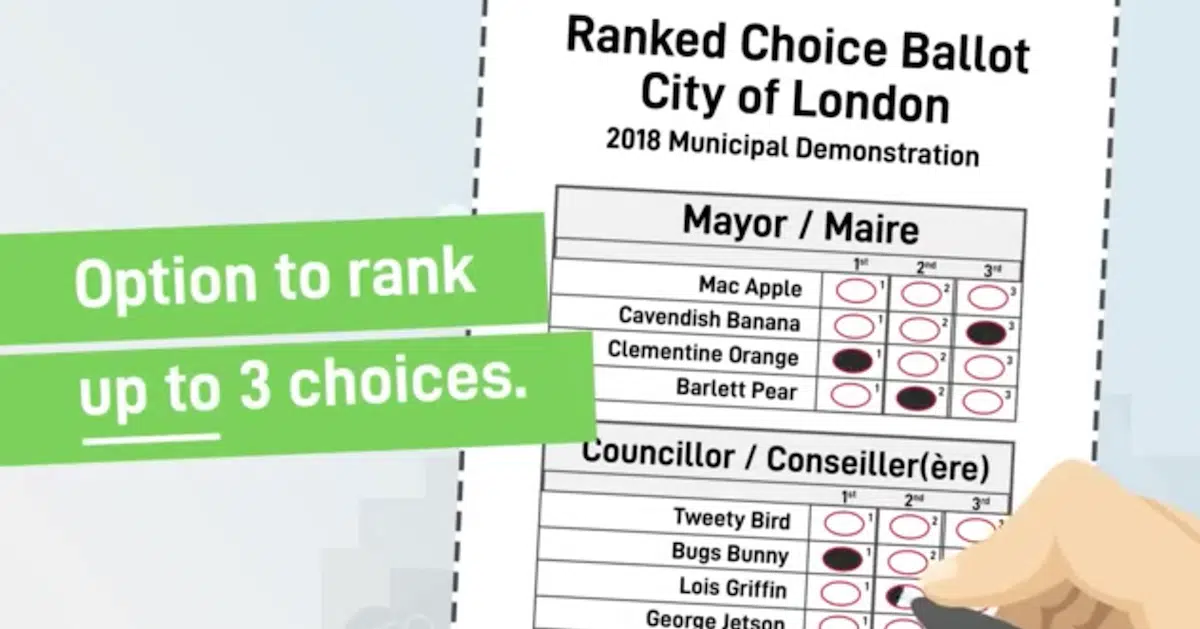
There’s gotta be a better way to break a tie vote for mayor
KAMLOOPS — THERE WERE A LOT OF close votes in last Saturday’s civic election but none so close as the race for mayor in Peachland, our Okanagan neighbor to the south.
At the end of counting on election night, Harry Gough had defeated incumbent Cindy Fortin by one vote but there was an automatic recount. The result? A tie at 804 votes apiece, the mis-count apparently being caused by a ballot misfed into a voting machine.
According to the Local Government Act, there must now be a judicial recount. If it confirms the tie, the election will be decided, believe it or not, by drawing from names in a hat or, in official terminology, the “drawing of lot.”
Could there possibly be any worse method for deciding who the mayor will be for a town of close to 5,000 people, or any other town? There’s gotta be a better way, and I can think of several.


